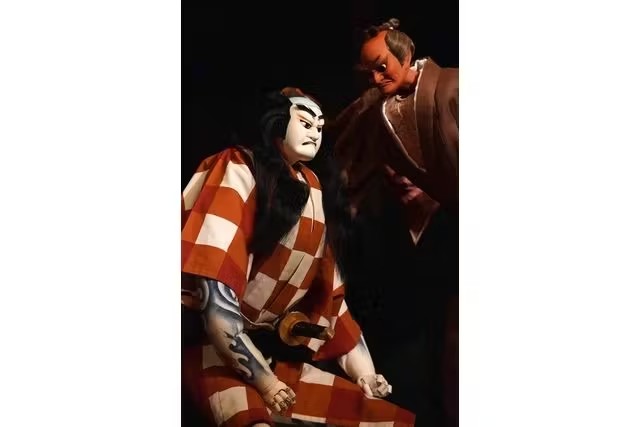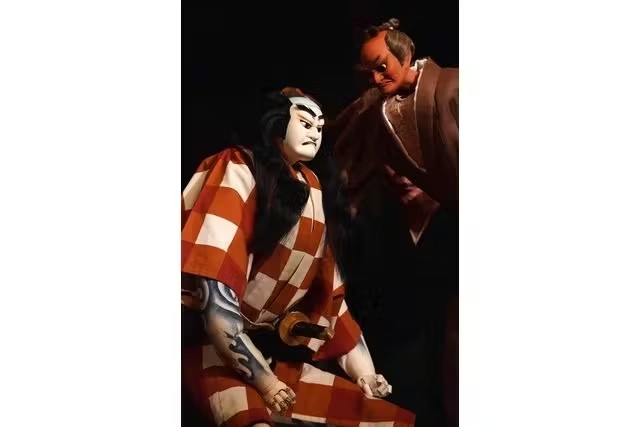Japan Arts Council (National Theatre)
5(1 ratings)
US$42
About "Natsu Matsuri Naniwa Kagami" (The Summer Festival: A Mirror of Osaka) The stage is set in the sticky heat summer in Osaka. It depicts the chivalrous spirits of three gallant men: Danshichi Kurobei, Issun Tokubei, and Tsuribune Sanpu, along with the bravery of their wives. Unlike the stylish "Otokodate" (men of Edo), the highlight is the lifelike portrayal of the gallant men of Osaka. The scenes include the skillful tug-of-war between Danshichi and Tokubei, a wife demonstrating her resolve by pressing a heated iron bow against her face, the excitement of the summer festival, and the grim murder of a father-in-law behind a fence. The intricacies of the storyline and numerous climactic moments captivate the audience. Though it's a domestic drama based on everyday events, it demonstrates the potential to be depicted as a drama on par with historical plays, maintaining its vitality even today. This was the first long collaborative domestic drama in nine acts. It premiered in 1745 at the Takemoto-za Theatre in Osaka. Following its premiere, Takemoto-za staged the so-called three great masterpieces: "Sugawara and the Secrets of Calligraphy," "Yoshitsune and the Thousand Cherry Trees," and "The Treasury of Loyal Retainers," marking the golden age of puppet theater. "Natsu Matsuri Naniwa Kagami" was the pioneering work leading to this era.



